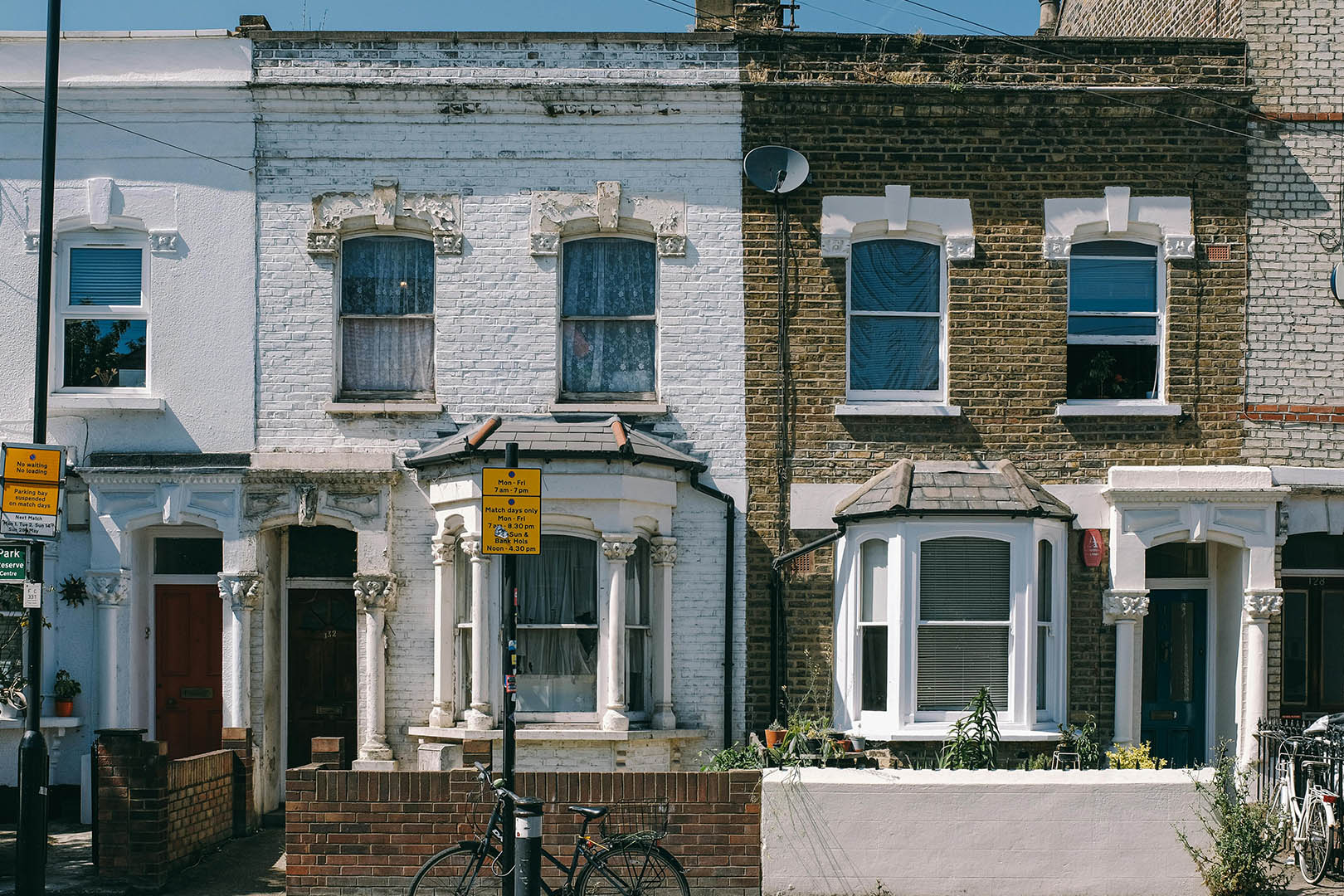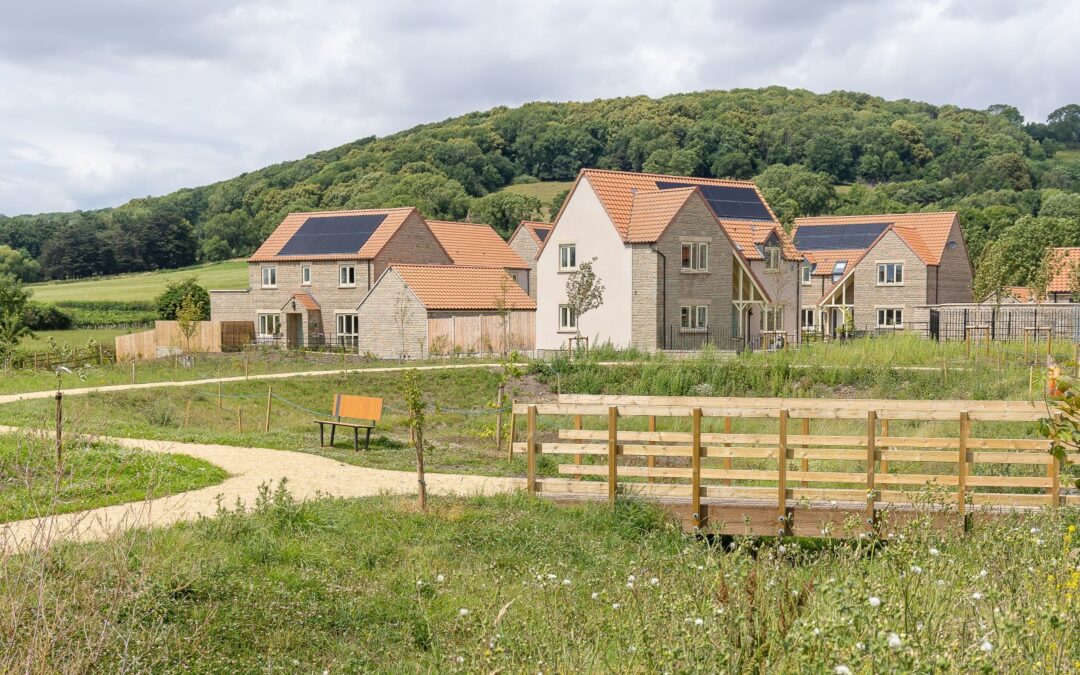You’ve found the home of your dreams, but before you get swept away, it’s important to ensure the property is not going to crumble around you. People are often seduced by the way a property looks and feels and then ignore peeling paint, crumbling bricks or gurgling pipes. But a few hundred pounds spent on a property survey could save thousands of pounds later on. A survey should also highlight potential flaws in a property, which could help when negotiating the price.
The last thing you want is to sign on the dotted line and later find out there’s something wrong. We explore the different types of house surveys and why you might need them to help you find the right option for you.
- What is a house survey?
- Do I need a survey when buying a house?
- Do I need a property survey for a new build?
- What’s the difference between a house survey and a mortgage valuation?
- What are the different levels of house surveys?
- How to understand your report findings
- What happens if your survey flags an issue?
- How much does a property survey cost?
- House surveys in Scotland
What is a house survey?
A house survey is essentially a health check on a property you’re looking to purchase. It is a detailed inspection carried out by a professional surveyor to identify potential structural issues, faults or repairs that might be needed.
The main purpose of a property survey is to inform the buyer of any problems that could impact the value of their new home, cause future maintenance costs or even jeopardise their safety. It is imperative that you choose a surveyor who belongs to a recognised governing body such as the Royal Institution of Chartered Surveyors (RICS).
Do I need a survey when buying a house?
A house survey is not a legal requirement, however, it’s highly recommended that you conduct one. A property survey is the equivalent of a full health check-up, so you know exactly what you’re buying and its value. It is worth paying a few hundred pounds now to save on unexpected expenditure and hassle in the future. If the survey flags major issues, you still have the option to pull out of the purchase and look elsewhere.
Some homeowners will invest in a survey before putting their property on the market. This is an effective way to identify any issues that might need to be addressed before the property is listed with an estate agent and can accelerate the sale process. It also shows potential buyers that you care about your home and have done everything possible to ensure it is ready for the new owner.

Do I need a property survey for a new build?
When purchasing a new home, we recommend that you conduct a snagging survey, a special type of property survey just for new builds.
Like it says on the tin, a new build is brand new, so it’s unlikely that there will be major problems, however, it’s always best to be sure. A snagging survey will identify potential defects, unfinished work, or substandard craftsmanship from your builders, so you can be certain you’ll be buying a home built to the highest standards. Snagging surveys usually cost less than traditional house surveys, which makes them an affordable option for first-time buyers.
What’s the difference between a house survey and a mortgage valuation?
A house survey and a mortgage valuation are both assessments of a property, but they serve different purposes and provide varying levels of detail. A house survey is conducted for the benefit of the buyer and involves a thorough inspection of the property’s condition to identify any issues.
On the other hand, a mortgage valuation is primarily for the lender’s benefit. It is a much more basic assessment, aimed at determining whether the property is worth the amount the buyer has agreed to pay and whether it provides sufficient security for the mortgage loan.
Unlike a house survey, a mortgage valuation does not involve a detailed inspection of the property’s condition. It is usually a quick, surface-level check to ensure that the lender’s investment is sound. Therefore, it is not a substitute for a full survey, and buyers should not rely on it to uncover potential problems with the property.
What are the different levels of house surveys?
There are three different types of house surveys, levels one to three. Which type of house survey you need for your property purchase?
| Survey level | What’s included? | When would you need it? |
| Level 1 | A basic report that outlines defects and major issues | New builds and homes built less than 50 years ago |
| Level 2 | A detailed report on the condition of a property and the necessary repairs | Standard homes built less than 50 years ago |
| Level 3 | A comprehensive report of a property’s condition and structure, typically also including price estimates for repairs | Homes in poor condition, those built earlier than 50 years ago and large or unique properties |
1. Level 1 survey
A Level 1 survey, previously known as a Condition Report, provides a basic overview of a property’s condition, including an assessment of the overall state of the property and focusing on any obvious or urgent defects.
A Condition Report uses a traffic light system, flagging green for no issues, amber for some concerns and red for serious problems. However, this type of report does not include detailed advice on repairs or potential future issues, making it suitable only for newer homes in good condition.
2. Level 2 survey
Suitable for the average home in reasonable condition, Level 2 surveys are the most popular among prospective homeowners in the UK.
A Level 2 survey, often referred to as a Homebuyer Report, offers a more detailed inspection than Level 1 surveys. It includes an assessment of the property’s condition, identifying visible defects and providing advice on the necessary repairs and maintenance. It will test for damp in walls, damage to timbers and the condition of damp-proofing. It also covers insulation and drainage, plus the estimated cost of rebuilding the property for insurance purposes, along with the value of the home on the open market.
Yet, what’s not included in this report is a deeper inspection of less accessible areas and more hidden issues. As such, this survey is not suitable for properties needing renovation or major alterations.
3. Level 3 survey
A Level 3 survey is also known as a Building Survey and is the most comprehensive type of property survey you can get. It involves an in-depth inspection of the entire property, including all accessible areas.
The survey highlights major issues, as well as minor defects and the cost of repairs, technical information on the construction of the property, the materials used, plus the location. In most cases, nothing will be excluded from a Level 3 survey, although it may not cover specific tests like damp or electrical unless requested.
Typically, Level 3 surveys are suitable when buying an older house in need of major renovations, as well as if you’re buying a large or unusual property.
How to understand your survey report findings
As mentioned previously, a RICS Homebuyer Report or Building Survey uses ratings, or traffic light systems, to explain the condition of the property. This includes:
- Condition Rating 1 (Green): No significant repairs required
- Condition Rating 2 (Amber): Non-urgent defects need repairs and cost estimates should be calculated prior to purchasing the property. However, these repairs are not considered serious.
- Condition 3 (Red): Serious defects require immediate repairs or replacement urgently.
If the report says ‘not inspected’, this means the surveyor has not been able to inspect a certain element of the property.
What happens if your survey flags an issue?
Unless you’re buying a new home, most surveys will come back with some issues, particularly with older properties. If this is the case, the first step is to review the findings with your surveyor, who will be able to help you understand the problems and estimate the potential cost of repairs.
If there’s an issue that requires further investigation, it’s likely that your surveyor will suggest a more specialised survey, such as one for damp or dry rot.
After this, you have a few options:
- Contact a builder to get quotes for the necessary repairs with the intention of fixing them after you’ve bought the property
- Request that the seller reduce the asking price to reflect the cost of fixing the issues
- Ask the seller to address the problem before completing the sale
- Walk away from the purchase if the issues are too much work
Remember, just because you’ve spent money on a survey and got this far with the process, doesn’t mean you are obligated to proceed with the purchase. If the survey reveals issues that make you uncomfortable with the property or that will cost you in the long run, you might be better off cutting your losses and looking elsewhere.

How much does a property survey cost?
The cost of conducting a property survey in the UK will depend on the level of survey you choose but should be between £300 and £1,500. The price of a house survey will also vary based on the size of your property, where it’s located and its market value. If you’re buying a smaller home, you’ll likely find the survey will be cheaper.
House surveys in Scotland
In Scotland, the rules around house surveys differ with the seller of a house under obligation to provide a Home Report (equivalent to Level 2) to potential buyers. While this takes the responsibility off the buyer, some may choose to conduct their own structural survey if the property looks like it is in poor condition.
What’s a Home Report in Scotland?
A Home Report provides an overview of the property, including a single survey and valuation, a property questionnaire and an energy report. It is paid for by the seller and must be available to buyers within nine days of listing your home on the market.
- Single survey and valuation: A chartered surveyor will inspect the property to check its condition and identify if any repairs are needed. It will also provide a valuation of the property.
- Property questionnaire: Covering 16 categories, the questionnaire will answer various questions you may have around the property, such as the council tax band and any alterations it had done.
- Energy report: You’ll find out the home’s energy efficiency with an Energy Performance Certificate (EPC).
Note that new homes in Scotland do not require a Home Report.
Looking for the home of your dreams?
Choose a new build and enjoy a ready-to-move-in home, built to the highest quality standards with modern designs.





